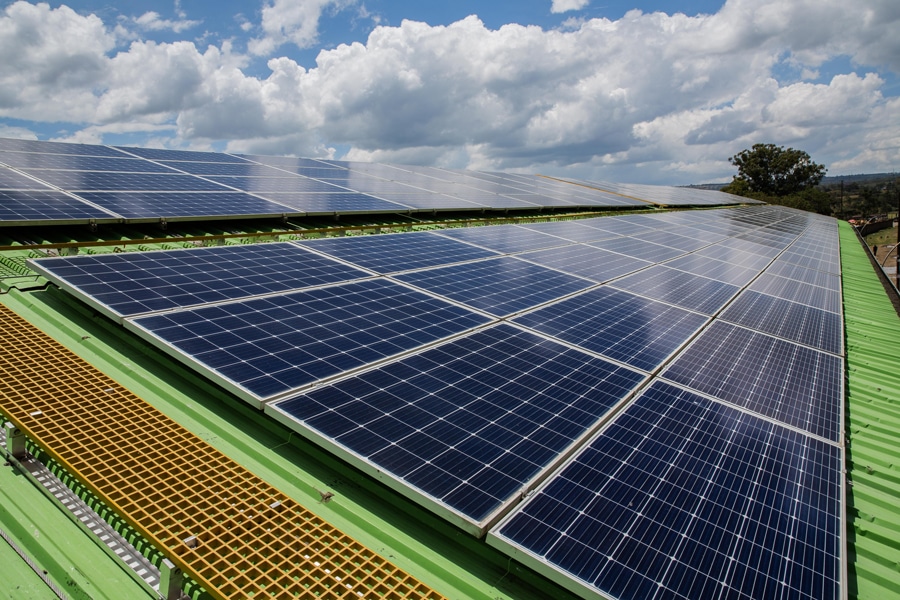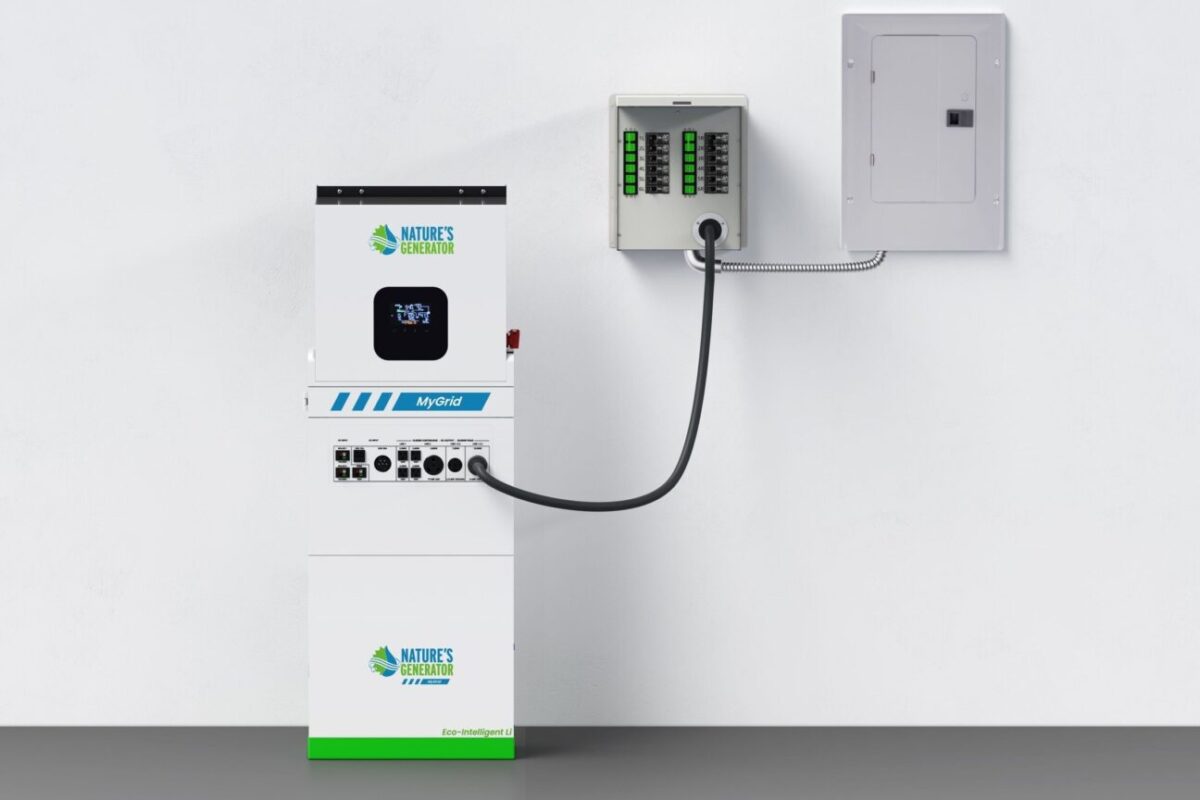The webinar focused on policies, market trends, installations, and the outlook for 2022.
Daniel Pasker, a sales manager for JA Solar, said African nations have recorded extensive growth in recent years, with about 5 GW of PV capacity expected in 2022. South Africa is now leading the continent with about 1 GW of installations for 2022, followed by Egypt with 800 MW.
Norman Moyo, the CEO of Distributed Power Africa, said the key driver for solar deployment is energy security. He also noted a decline in fossil fuel investments. Due partly to outdated grids, renewable energy is now growing across Africa.
Garth Cloete, group chief executive of Sustainable Power Solutions, said there has been a significant evolution over the last 10 years for solar prices, inverter technology, and policies across Africa. He noted that South Africa, for example, has a friendly regulatory framework.
Strathmore University in Kenya is driving the development of renewables throughout East Africa. But every country has its own regulations and requirements, which presents a key challenge to deployment.
“Change is inevitable. We started when they used to call us the rooftop market, then generation market and now the new password is distributed generation,” De Villiers Botha, chief operating officer at Solareff. “That speaks to the evolution of the regulatory space.”
Matanda Mwewa, sales manager at JA Solar for the Southern African Development Community (SADC), said he is excited to see what is embedded in national energy targets, especially across the SADC region. “Each country has its target for renewables, and we see policies aligning with those targets to enable the targets to be achieved,” he said.
Grace Zhuo, regional manager of international sales for Clenergy, said that Africa's market cumulative capacity is at 7.7 GW. She said she therefore sees massive potential in South Africa and the eastern and western parts of the continent.
“We have seen where clients have been limited by roof space, and we removed previously installed smaller modules of 240 W installed in 2014 and replaced it with new higher output modules which have more power,” Botha said. “For sure, the advancement in technology does assist the industry.”
Pasker said the sweet spot is the 540 W to 550 W range for rooftop installations, because of the physical footprint of the module. Even from a levelized cost of electricity perspective, you can still get more kilowatt-peak out of a container of 550 W panels than you can from a bigger module.
This content is protected by copyright and may not be reused. If you want to cooperate with us and would like to reuse some of our content, please contact: editors@pv-magazine.com.



By submitting this form you agree to pv magazine using your data for the purposes of publishing your comment.
Your personal data will only be disclosed or otherwise transmitted to third parties for the purposes of spam filtering or if this is necessary for technical maintenance of the website. Any other transfer to third parties will not take place unless this is justified on the basis of applicable data protection regulations or if pv magazine is legally obliged to do so.
You may revoke this consent at any time with effect for the future, in which case your personal data will be deleted immediately. Otherwise, your data will be deleted if pv magazine has processed your request or the purpose of data storage is fulfilled.
Further information on data privacy can be found in our Data Protection Policy.